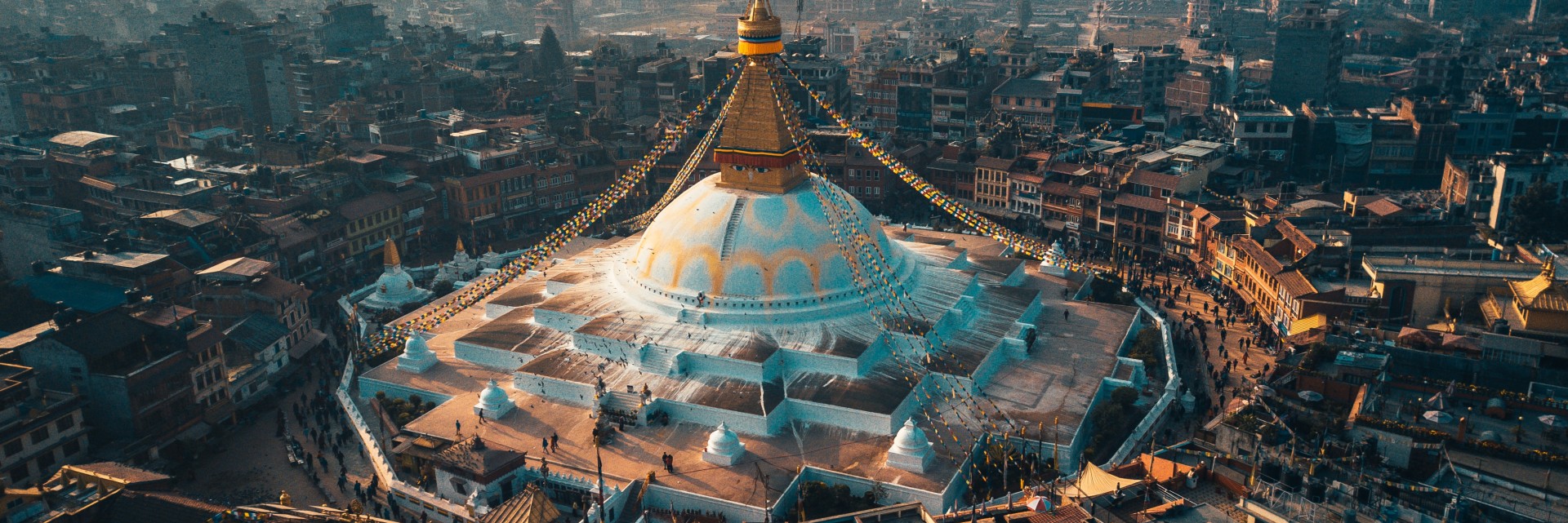
Short Information
Location- Between India and Tibet, China
Total Area- 147,516 km⊃2;
Population- 26 million
Capital- Kathmandu
People- Brahmins, Newars, Chhetris, Tibetans, Gurungs, Magars, Tamangs, Bhotias, Sherpas, Rais, Limbus
Language- Nepali, Maithali, Newari, English
Religion: 75-80% Hindu, 15% Buddhist, 3% Muslim, and the rest others
Government- Parliamentary Democracy
Time- GMT plus five hours 45 minutes
History
Nepal is a historic nation with a rich ancient heritage. Nepal is mentioned in early Hindu Mahabharat and Puranas. Nepal was the most liked place for sages in ancient times, and Nepal is where Lord Buddha was born in 500 BC. The recorded history of Nepal commences from the fifth century, and the famous Changunarayan temple also dates back to the same era. In 602 AD, Lichhavi King Amsuvarma married his daughter Bhrikuti to Tibetan king Strong Tsong Gompo, leading Buddhism to travel to Tibet from Nepal. The Buddha statues Bhrikuti brought to Tibet are still seen in Lhasa's Jokhang temple.
After the Licchavi period, Malla Period started in the 12th century and remained until 1768. The magnificent art and architecture we behold now are from the Malla period. During the Malla period, the nation was scattered as individual states, and British rule in India wanted to take advantage of this situation. And then great king Prithivi Narayan Shah from Gorkha unified the Nepal we know today by conquering every 22 states in battle in 1768.
Then in 1846, the bloody massacre took place, claiming the lives of the all-important figure of the states. The power was snatched from King by an autocratic Rana general. And this marks the beginning of the cruel Rana regime in Nepal, which lasted until 1950.
The Rana regime was washed away by the people's road revolution in 1950, and King again took over the power, dismissed the parliament, and elected the prime minister. The people of Nepal had to wait until 1990 to claim their hard-earned democracy. Nepal then again went into political turmoil as the guerilla war started. Nepal now is a multi-party parliamentary democracy.
Geography
Nepal shares topographical geography with elevations ranging from 70 meters in Jhapa above sea level to the highest point in the whole world, Mt. Everest at 8848.86m. This wide variation in climate facilitates a diverse ecosystem, highest peaks of the world, ice glaciers, deep gorges, exotic mammals and birds, with thundering white water originating from ice glaciers at high altitudes.
Nepal is almost rectangular and is a landlocked nation sharing a border with India and Tibet. The total area of Nepal is 147,181 sq. Km. Nepal's rough east-west length is 800km, and is 200km is north-south length. Nepal is amusing sharing three different climatic variations;
The Terai Plain
The Mid Hills
The Himalayan region
Flora and Fauna
World Heritage Sites
Nepal is the home to 10 UNESCO listed world heritage sites. Out of ten, seven are in Kathmandu within 30 km, making Kathmandu an accessible going destination to all. The world heritage site of Nepal are;
Cultural Heritage Sites
Natural Heritage Sites
National Parks and Conservation Areas
Conservation Area
Climate and Clothing in Nepal
Nepal is an all-season destination but sometimes serves the best experience here. The best time is from October to May to indulge in the beauty of Nepal. Trekking and climbing are challenging from Mid-June till September as Nepal receives rainfall. Summer is the best time to enjoy Trans Himalayan treks in Upper Mustang, Dolpo, Nar Phu valley. Tours and short hikes can be done throughout the year here in Nepal.
Language
The official language of Nepal is Nepali, and English is well understood and spoken here in Nepal. More than 60 ethnic groups call Nepal their home, and over 70 different languages and dialects are expressed here.
Religion
The primary religion of Nepal is Hinduism, and Buddhism co-existing in harmony. 2% of the population is Muslim, and 20-25% are Buddhists. Nepal is the birthplace of Lord Buddha, and Buddhism is well celebrated and received in the nation. Upper Dolpo, Mustang, and other regions also practice the Bonpo religion. Pashupatinath is the most significant Hindu temple on earth, and Lumbini is the most sacred site for Buddhists.
Nepalese Economy
Nepal is a landlocked nation depending on neighbouring India and China for different daily need items, and all luxury items are imported. The majority of the country's population depends on agriculture, and the primary source of government revenue comes from remittance, agriculture and the service industry.
Nepal is developing, and industry is growing gradually. Nepal can easily be self-sufficient in food if everything goes systematically.
A lot of places in Nepal promises to keep you spellbound. From conquering the highest mountain in the world to engaging in different adventurous activities to pump your adrenaline rush. Nepal is not only about mountains, but there are many exciting things to enjoy here in Nepal. Please check the best places to visit in Nepal.
Lumbini, the birthplace of Lord Buddha, resembles one of the holiest places of Nepal. Millions of pilgrims visit this fantastic site in search of a gateway to enlightenment. 550 B.C old archaeological remains highlight this fantastic place. Lumbini is a significant place for scholars, researchers, and all who come here. There is a Mayadevi pond to remember the mother of Lord Buddha. The exact spot where Buddha was born is well preserved inside the temple in Lumbini. Lumbini Convention, meditation, sacred ponds, monasteries, and other cultural attractions are all alluring here in Lumbini.
(1).jpg)
Janakpur lies in south-central Nepal on Terai Plains. Janakpur is all-important as it carries rich history dating back to the period of Ramayan. This place was once the capital of the old Kingdom known as Mithila. Mithila art and culture is still here in existence in the gullies of Janakpur. Hindu mythology suggests, Janakpur is where Lord Ram weds Sita. Janakpur receives thousands of pilgrims every year from India and other parts of Nepal. The three stories 19th-century marble structures are all beautiful here in Janakpur. There are more than ten sacred pools and ponds to allure you here in the tranquillity of Janakpur.
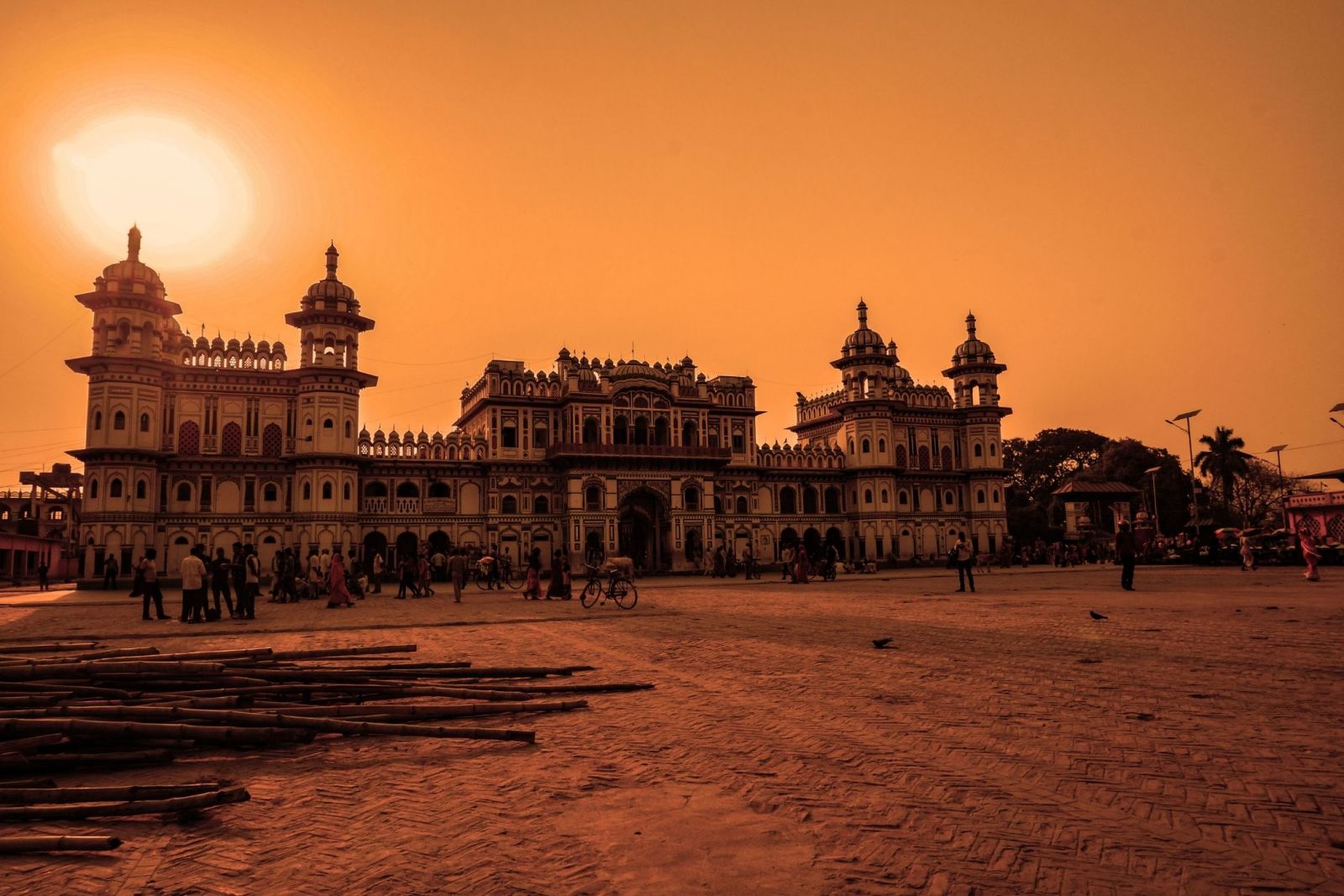
Nagarkot is the hill station at 2175m to view the mind-settling view of the beautiful mountainous range. The magnificent Himalayan range and the idea of Kathmandu valley are all excellent and satisfying from Nagarkot. Nagarkot lies on high hills to the northeast of Bhaktapur, a multi-ethnic community village. Nagarkot offers a lavish hotel, homestay, lodge, etc., to take care of your safety and comfort. Nagarkot is one of the best Mountain Viewpoints near Kathmandu valley.
.jpg)
The Khumbu region, Mt. Everest region, i,s another best place not to miss when you are in Nepal. Mt. Everest and its region welcome thousands of trekkers and adventure seekers from all around the world as Everest promise to allure any. The Khumbu region is in northeastern Nepal. You can start from the Lukla airstrip and then trek to Everest.
Khumbu lies in Sagarmatha National Park and is the home to Sherpa village at Namche Bazaar. Namche Bazaar is no new name to trekkers and travellers around the world. One of the most significant Buddhist monasteries, the Tengboche Monastery, lies here in the Khumbu region. You can make yourself comfortable in different tea houses, lodges and resorts here in Khumbu. The tallest mountains are all beautiful from the part of Khumbu.
.jpg)
Chitwan National Park is one of the best wildlife destinations in Nepal and the world. Chitwan is the best wildlife safari, wildlife photography, birdwatching and a wholesome natural destination. Lying in south-central Nepal, thousands of flora and fauna are all here to allure you with its magical abundance. Like mammals, the rare Bengal tiger, one-horned rhinoceros, calls Chitwan National Park their home.
Exotic animals, including elephants, Leopards, Indian bison, sloth bears etc., highlights Chitwan. In addition, enjoyable Jeep tours, bird watching experiences, canoeing, photography are other activities making Chitwan more exciting. Chitwan has a different luxury resort ready to pamper you.
.jpg)
Pokhara smiles in tranquillity with large lakes, superb mountains, shorelines, broad lakeside, active nightlife, and helpful locals. Pokhara is all beautiful with all choices of luxury hotels, resorts and fantastic surrounding Annapurna setting. Pokhara has something to all in its bag to offer. It is enriching the lakeside, outdoor adventures, insightful city tours. From Bungy Jumping, White water rafting to other experiences, Pokhara surely knows how to keep any spellbound. There are three large lakes in Pokhara. Phewa Lake is famous for boating and has excellent hotels and restaurants on the lakeside. The lake has Tal Barahi temple accessible via boating only. Pokhara is simply the most beautiful city in Nepal.
.jpg)
Patan is across the Bagmati river from Kathmandu and is well known for its medieval art and architecture offering. A stunning open Museum is what Patan feels like and is a magnificent display of Newari architecture. Patan was set in the 17th century with highlights like palaces, courtyards and temples.
There are plenty of attractions here in Patan. Multi-coloured façade, gilded spires, and Krishna Temple are all fantastic arts and architecture shows. Patan has different small sites resembling religious culture, history and power. Patan is your ideal site for authentic handmade silk sarees that were once famous as the garment of choice for royalties in the country.
.jpg)
Bhaktapur, one of three historic capitals in the Kathmandu Valley, was severely damaged by the 2015 earthquakes, but it has been magnificently restored. Most of the city's temples and shrines, the principal attractions in this site known as the City of Devotees, were thankfully spared.
Bhaktapur allows strolls through historic squares, meandering lanes, and pedestrian-only thoroughfares, which are less congested and frantic than Kathmandu. The 55-Window Palace, a 15th-century tower that today houses the National Art Gallery, is a must-see attraction in the city's Durbar Square, or "noble court."
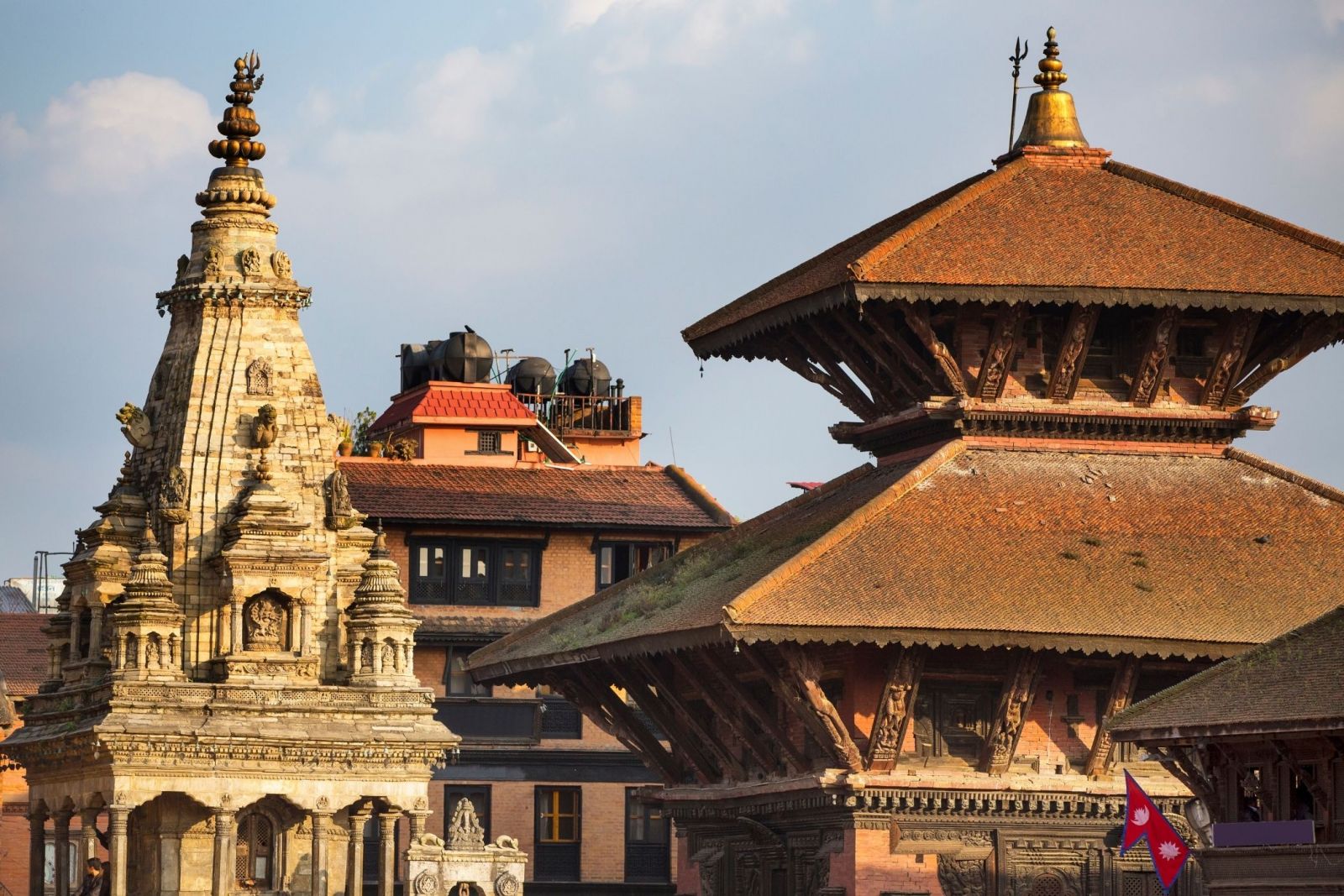
The Annapurna Circuit in northwest Nepal provides trekkers with an unrivalled outdoor experience. The traditional trip takes guests up into the Himalayas, over plunging gorges, across arid plateaus, and into lush subtropical valleys studded by terraced farms, showcasing the various vistas of the Annapurna Region. The trail also travels through several holy monuments and charming communities.
The route begins just east of Pokhara and takes approximately three weeks to complete; however, many trekkers fly out of Jomsom Airport after walking half of it. The Annapurna Sanctuary Trek also takes 8 to 12 days but is no less gorgeous. It's one of Nepal's most famous treks, with lodges and tea stops every hour or less, at least until the highest stages.
.jpg)
Kathmandu, the country's cultural centre, is where most Nepalese experiences begin, as the city's airport receives all international flights. Kathmandu, a busy metropolis with over 1 million people, is a jumble of tourist stores, trekking companies, hotels, restaurants, religious sites, and artisan enterprises.
After the recent earthquakes, the city's iconic Durbar Square is still being restored, but many more places are worth visiting. The ancient Buddhist complex of Swayambhunath, perched atop a wooded hill, is a must-see sight with panoramic views of the Kathmandu Valley. The Swapna Bagaicha, popularly known as the Garden of Dreams, is another renowned tourist destination. If you're searching for a peaceful area to relax, this is the place to go.
.jpg)
Nepal is home to a wide range of religious and ethnic groupings and a variety of cultural festivals held throughout the year. Regardless of cultural differences or religious or traditional views, people come together to celebrate these holidays with zeal and enthusiasm.
In Nepal, there are many festivals. However, just a few are regarded as more critical. So, here are a few of Nepal's major celebrations.
The birth of the Lord Buddha is commemorated on Buddha Jayanti, which falls on the night of the full moon in the first month of the Nepali calendar. It falls on May 26 this year. Around 543 BC, Buddhist devotees began to commemorate the auspicious day, and every year since then, Buddhist pilgrims have flocked to Lumbini to pay their respects to Buddha's life and teachings.
People, particularly ladies, visit viharas to observe Buddhist sutras while dressed in all-white and abstaining from eating non-vegetarian cuisine. Devotees eat kheer (sweet rice porridge), recite Buddha stories, and donate.
The monsoon itself is a festival for farmers in a country where agriculture still employs a large population. For centuries, the 15th day of Asar (or Aashadh) has been observed as an agricultural festival known as Asar 15. A few years ago, the government acknowledged the custom, and Romain Diwas or Dhan Diwas was established to commemorate it (National Rice Plantation Day or National Paddy Day).
Every year, this is entirely a farming festival. It is scheduled to occur on June 29, 2021. Romain Diwas has a close bond with people in practically every section of the country, and it has a significant impact on their cultural and economic lives. Non-families join in on the traditional delicacy of Dahi-chiura (yoghurt and beaten rice).
This is the first day of Nepal's fourth month, which begins on July 16, 2021. In rural Nepal, this holiday is significant because locals follow a specific Luto Phalne ritual.
The entire family gathers outside the house in the yard, where they light little pieces of firewood and hurl them on all sides in the hopes of avoiding catching luto (scabies) during the year.
However, in urban Nepal, the tradition of tossing out lit fires to hope for good health is not as popular as it once was in villages. As the village's young people go to cities or abroad, the tradition progressively dies out.
Brahmin and Chhetri Hindu communities in Nepal celebrate Janai Purnima, an important holiday. Men wear a holy thread known as Janai, and both men and women wear a sacred wristband known as Raksha Bandhan on the full moon day of the fourth month of the Nepali calendar (August/September). (Raksha Bandhan is the name of the celebration itself.)
People go to different holy locations on this day. Outsiders will like the Gosainkunda hike the most.
This year's festival occurs on August 22nd.
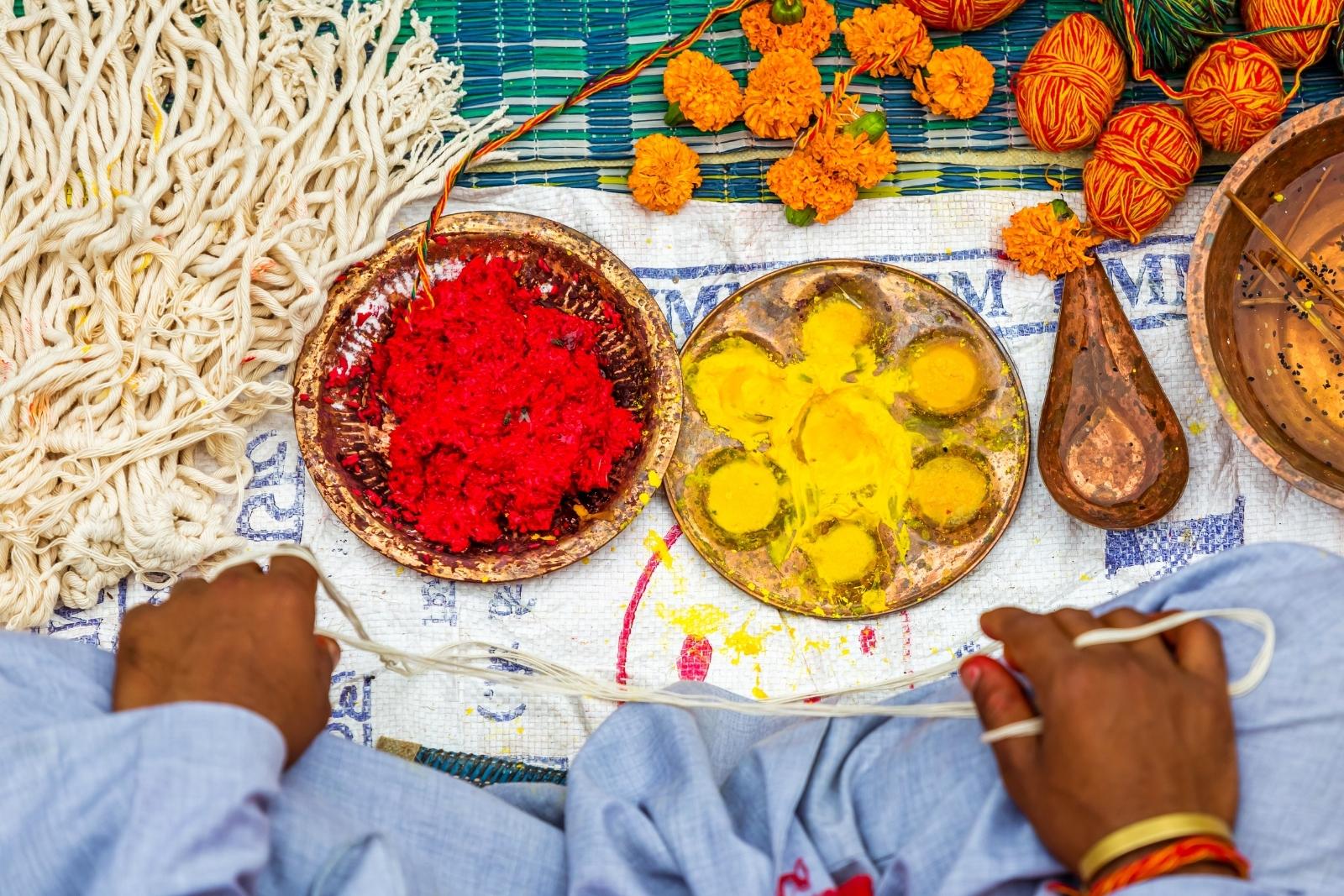
Gai Jatra is a traditional event held one day after Janai Purnima in August/September. It is one of the most important celebrations of the Kathmandu valley's Newa population; nonetheless, the event is celebrated throughout Nepal.
On this day, people dress up as cows and go about the city dressed as cows, carrying pictures of their loved ones.
The event honours those who have lost loved ones throughout the year. They share their sufferings, but they also take solace in knowing that their loved ones are safe in heaven.
Cross-dressing and LGBTQIA+ parades are also prevalent in the city during the festival.
This year's festival occurs on August 23.
According to legend, Lord Krishna was born on the eighth day of August's waning moon. As a preceptor to Arjuna in the Bhagwad Geeta, the god holds significant significance in Hinduism. This year's commemoration will be on August 30.
Devotees go to Patan's Krishna Mandir to commemorate the festival on this day. Men and women come to this shrine to sit in vigil until the clock strikes midnight. As a symbol of gratitude and dedication to the Lord, they light butter/oil lamps. Lord Krishna's images are also carried across the city in procession by some religious organizatioorganisationsollowed by ecstatic crowds and musical bands.
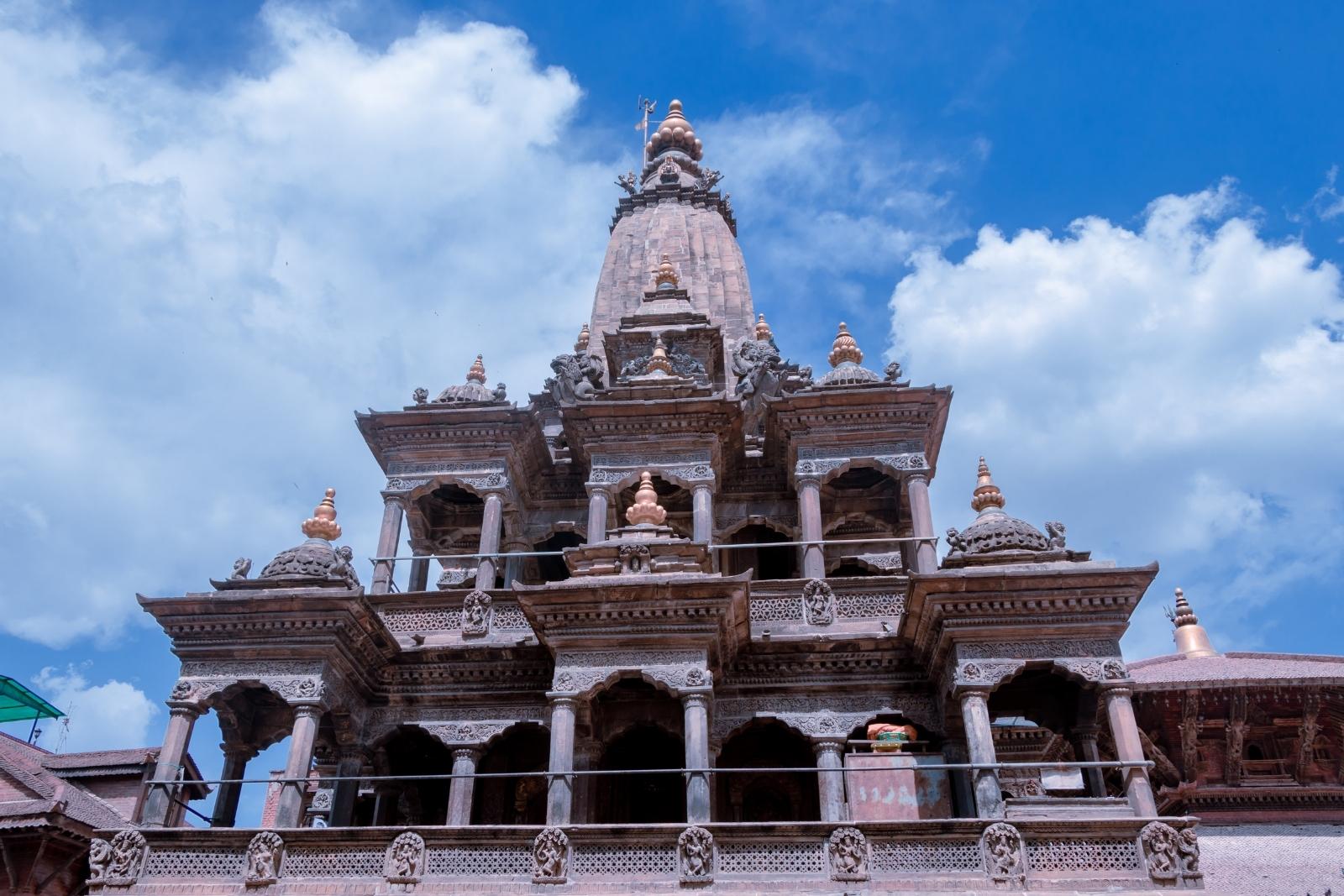
Teej is a prominent religious festival in Nepal that Nepali Hindu women predominantly observe. It is a fasting holiday during which women pray for marital bliss, the health of their spouses and children, and the purity of their bodies and souls. This event takes place in August/September each year; this year is September 9.
During this occasion, women gather to listen to music and dance with their friends and families. They also share gifts like tika, bracelets, and other trinkets. They also assemble on the eve to eat dar, special meal women consume to prepare for the fast.
Indra Jatra is one of Kathmandu's most important religious street celebrations. The Newa villages celebrate Yen Ya, an eight-day holiday (festival of Kathmandu). The Hindu deity of rain and heaven, Indra, is honoured at the event.
On the other hand, Indra Jatra is a Hindu and Buddhist pilgrimage celebration. Basantapur, or Kathmandu's Durbar Square, is the focal point of the festivities.
The celebration is also known as Kumari Jatra, and it involves chariots being pulled through the city by the live gods Ganesh and Bhairav and goddess Kumari. Kumari leaves Kumari Ghar, her house in the square, on this day. People may see the chariots as they travel from Basantapur to other town places.
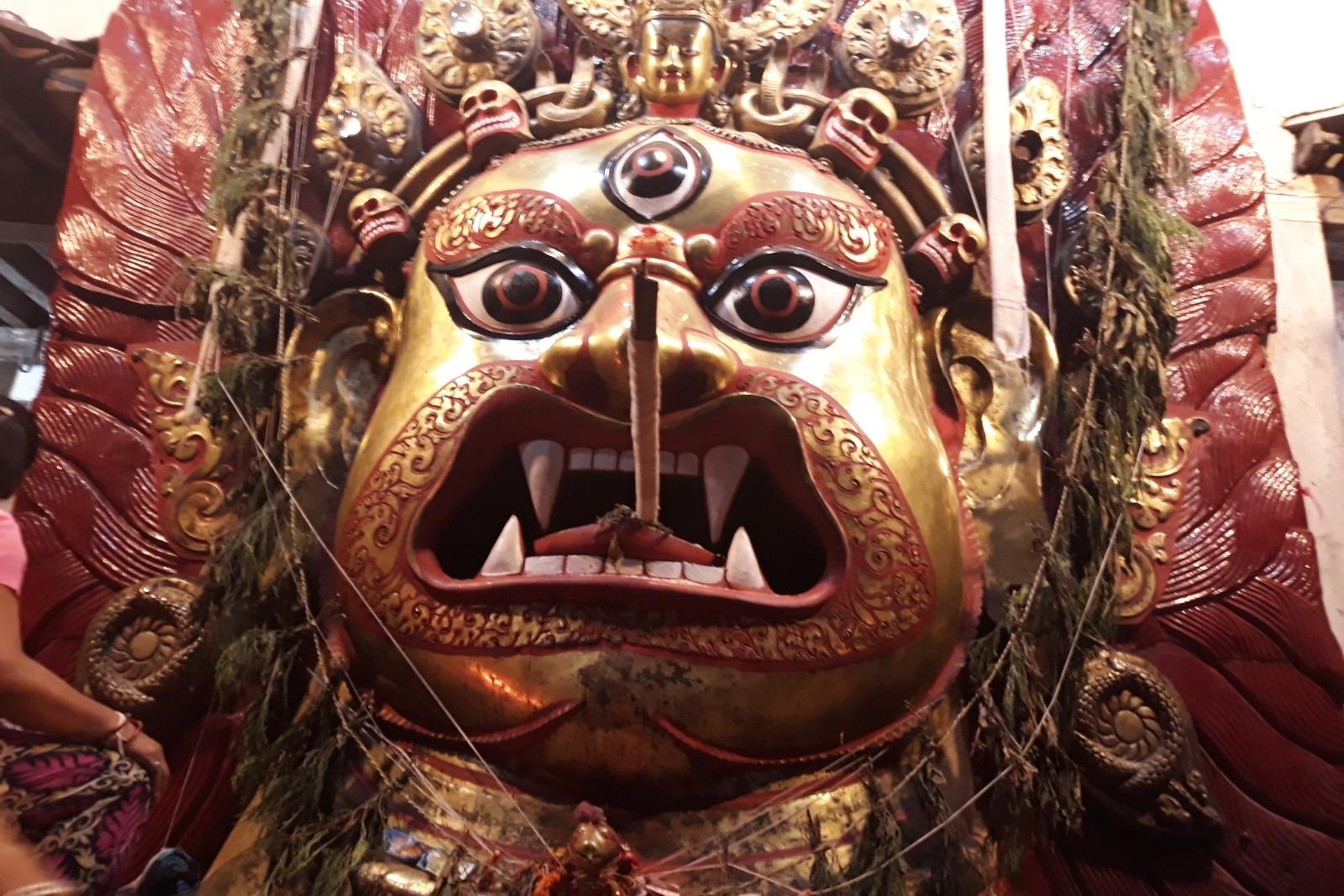
In Nepal, Dashain is the most important Hindu holiday. The celebration honours Goddess Durga's nine manifestations and the triumph of good over evil. Dashain is a ten-day festival that begins this year on October 7.
Bijaya/Vijaya Dashami or Bada Dashain are other names for this festival. Lord Ram's victory over Ravana is commemorated at this holiday.
It's also a popular occasion for folks to come together with friends and family for a feast. People wear new garments and accept tika and jamara from their elders' hands.
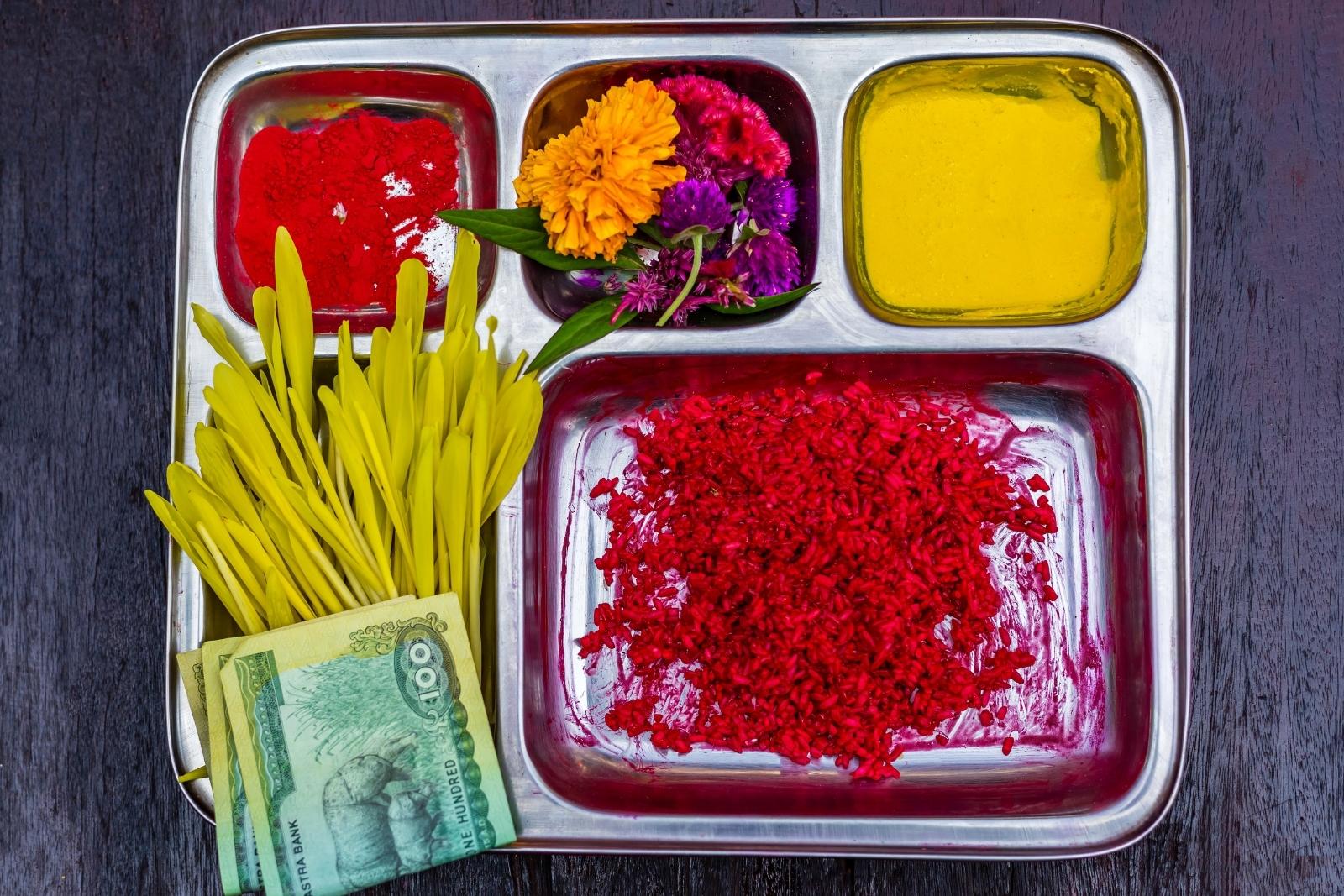
Tihar, commonly known as the festival of lights and colours, is Nepal's second most popular holiday.
Tihar is a Hindu festival honours several Hindu gods and goddesses, including Laxmi, Yamaraj, and the Yamuna.
It lasts for a total of five days. The first day is dedicated to crows (the messengers of Yamaraj), while the second day is devoted to dogs (for their loyalty and protection). The event is also dedicated to Goddess Laxmi and the brother-sister connection (Bhaitika). The Newa community celebrates Mha Puja and their new year on the fourth day.
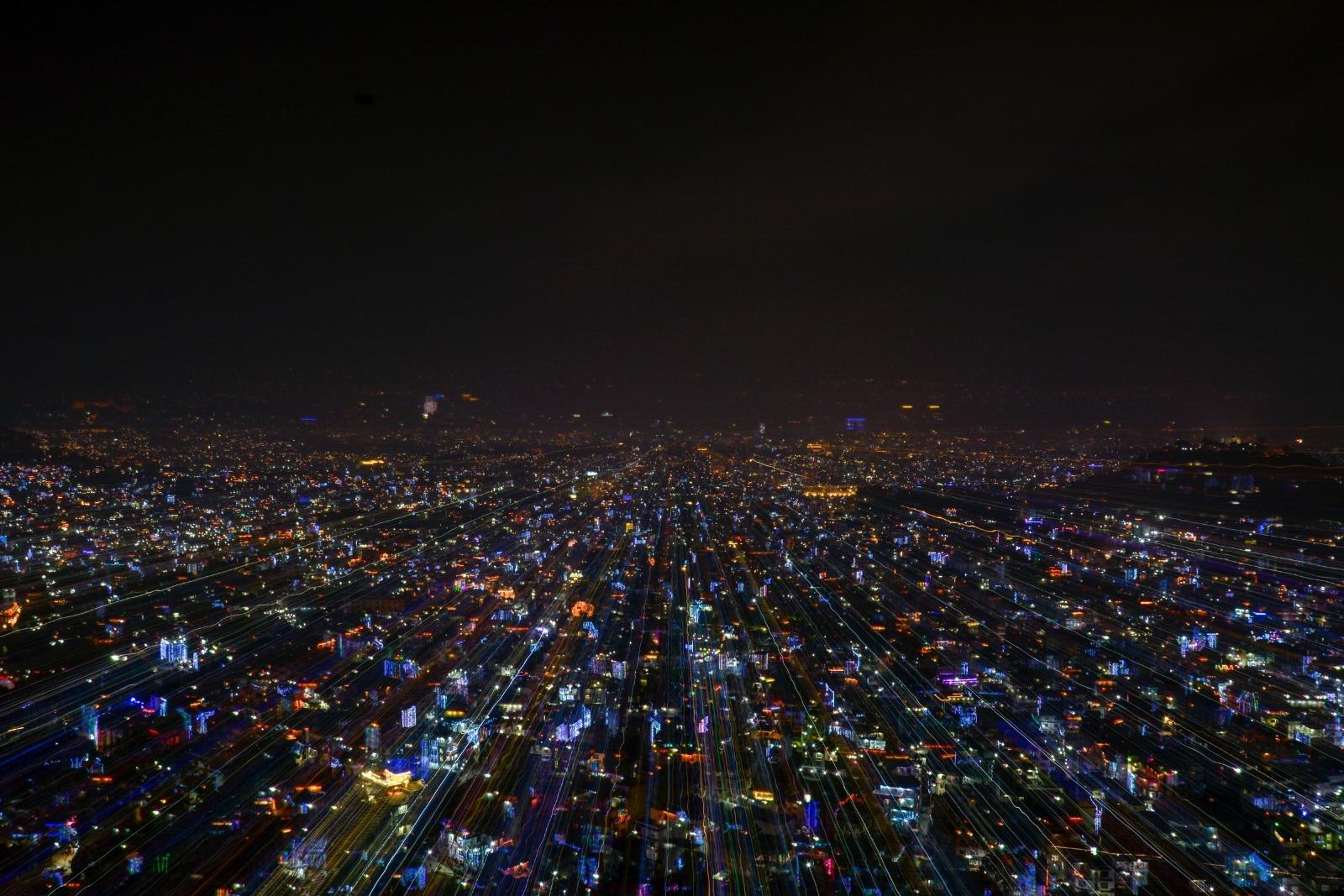
Thousands of pilgrims gather in the holy town of Janakpur to commemorate this day of worshipping the sun deity. People travel to Nepal to visit the Janaki temple and take ceremonial showers in the rivers and ponds. This year's date is November 10th.
On the night before Chhath Parva, devotees light lamps, sing songs, and sleep on the banks of rivers and ponds. They ask the sun to protect them from skin disorders.
People cook a unique delicacy called thekuwa on this day.
Maghe Sankranti is observed on the first day of Magh (the next one is January 15, 2022). In Nepal, it marks the beginning of the fortunate month of Magh. The celebration is intended to keep the conclusion of the winter season and the beginning of spring. People hope for more excellent health and wealth on this day.
This holiday is commemorated by Hindus taking a ceremonial bath in holy river confluences, such as Devghat Chitwan. Families gather during the day to share meals such as sesame seed laddus, molasses, ghee, sweet potatoes, and yam. Devotees adore Lord Vishnu by doing pujas and reading the sacred Bhagwad Gita during the month of Magh.
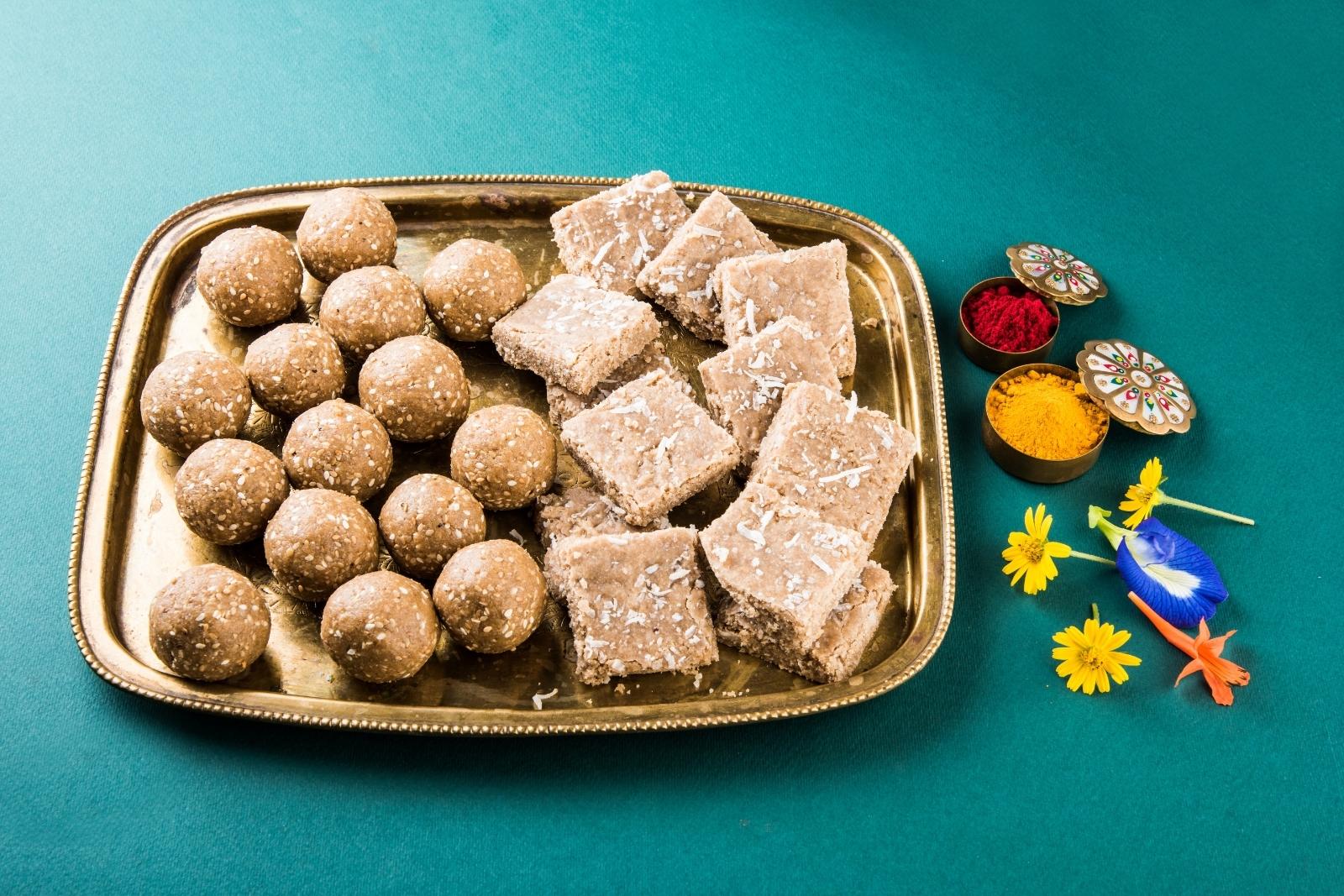
In February/March, Mahashivaratri, a Hindu festival devoted to Lord Shiva, takes place. On March 1, 2022, the Mahashivarati festival will be held again.
Thousands of people visit Kathmandu and flock to the Pashupatinath temple for a massive festival. They arrive at the sacred location and recite holy scriptures on the eve. Those who cannot go to Kathmandu can visit Shiva temples located around the country.
In the Hindu community, it is essential.
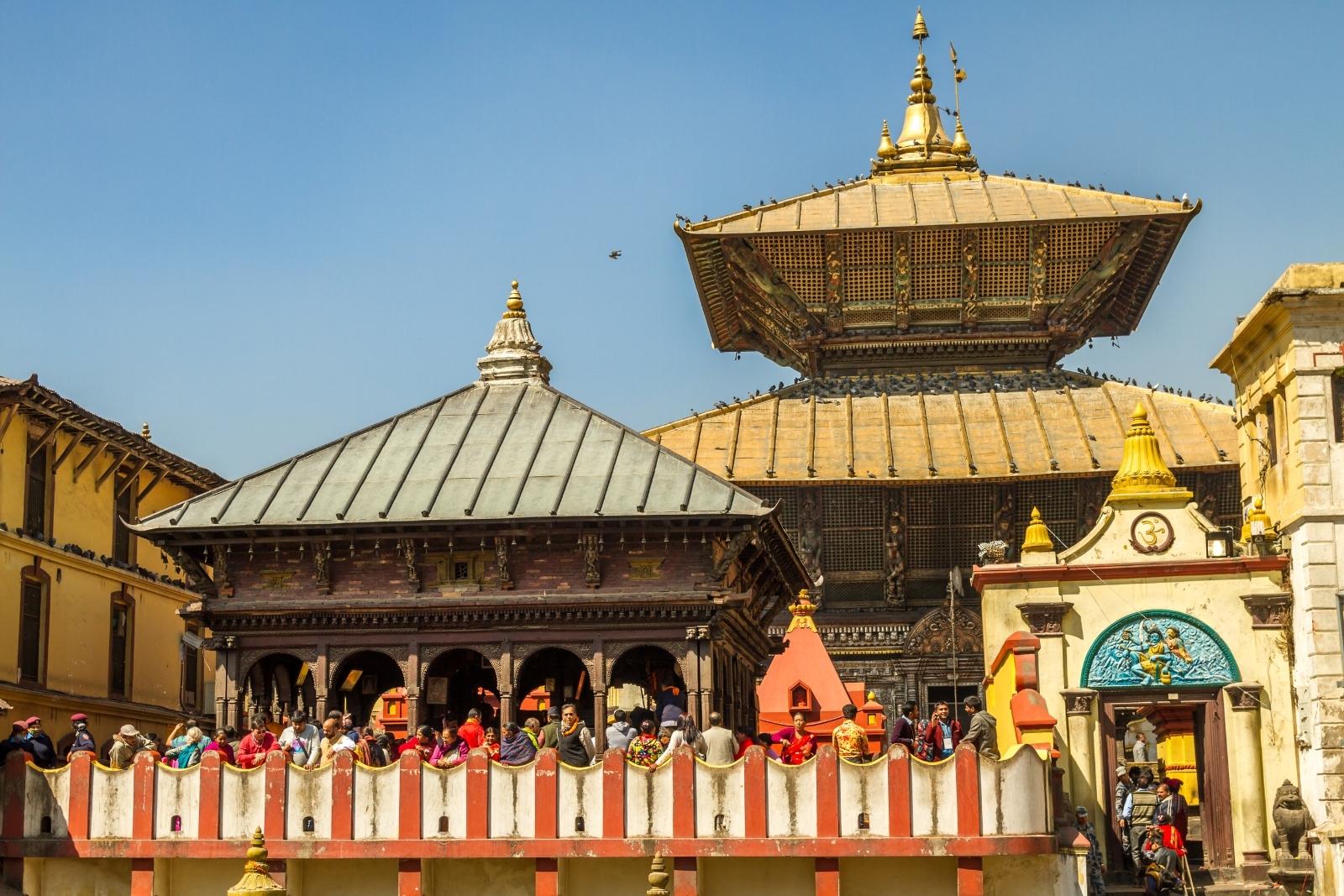
Phagu Purnima is a Hindu festival celebrated throughout the spring season, from February to May, on the full moon day in the month of Phalgun.
It is, without a doubt, one of Nepal's most well-known festivals among international visitors since it is brimming with brilliant colours, friendliness, and love. People congregate and paint each other as a show of appreciation. Holi is celebrated for two days in Nepal, with Nepal's Terai area residents celebrating the day after Kathmanduites.

Chaite Dashain falls in the final month of the Nepali calendar, Chaitra. On Chaite Dashain day, Goddess Durga is honoured, and animal sacrifices are made in some temples, particularly Durga Bhawani.
This event is celebrated throughout Nepal, and people enjoy spending time with their relatives and friends, eating good cuisine, and inviting their friends and loved ones to the feast.
Ram Navami is observed the next day, with people fasting and visiting Lord Ram's temples.
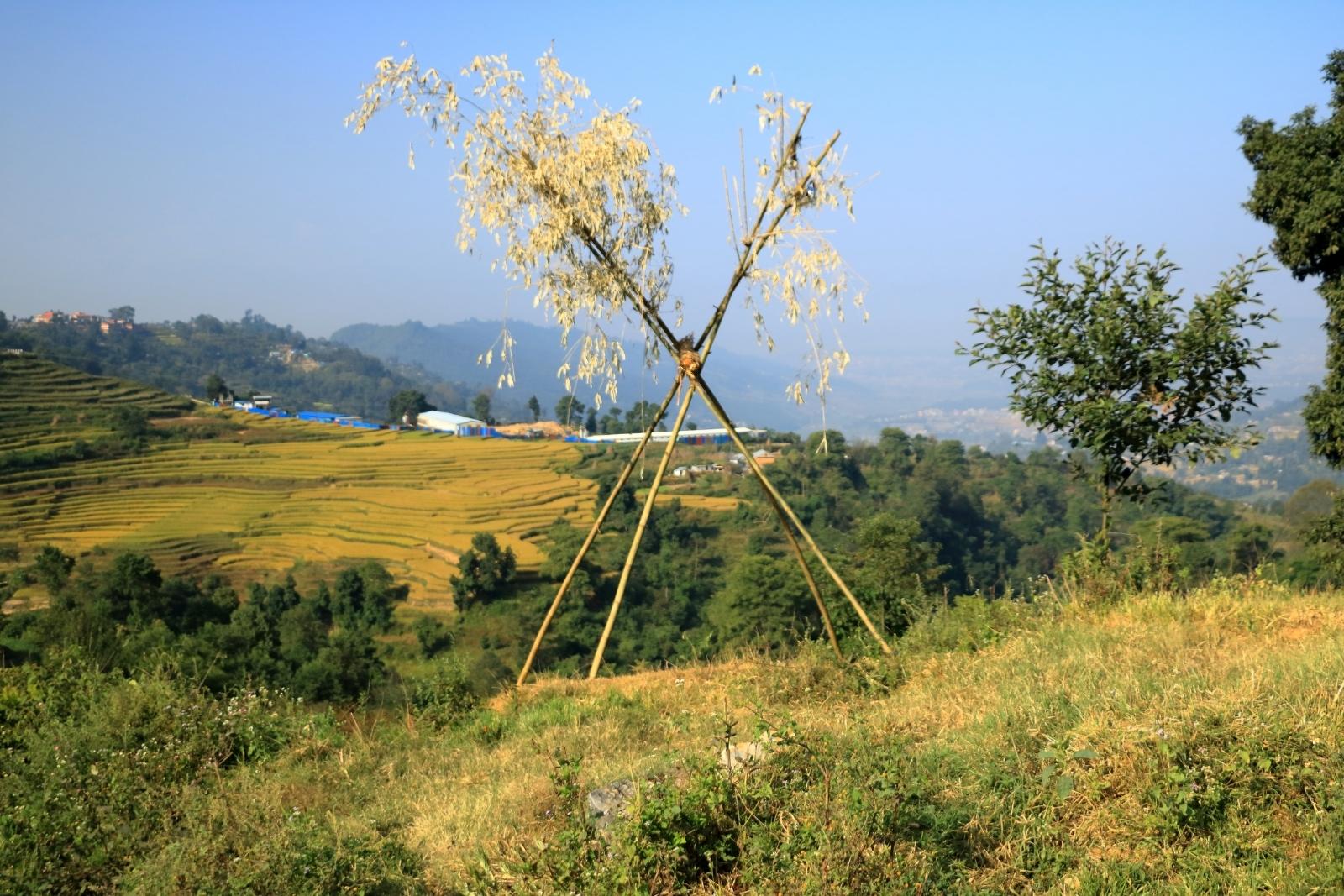
1. The Land maps of Nepal and Portugal are similar:
In the globe map, Nepal and Portugal are twins. They both have a rectangular shape. If you spin the map of Nepal 90 degrees clockwise, it looks pretty similar to the map of Portugal.
2. The Nepali Calendar Precedes the Gregorian Calendar by 67 Years:
Bikram Sambhat, the Nepali calendar, is approximately 67 years and 8.5 months ahead of the Gregorian calendar. In mid-April, the Nepali new year is well recognised.
3. Slaughtering Cow is Illegal in Nepal:
Cow slaughter is illegal in Nepal since it is a national animal. It's pretty usual to see cows roaming the streets of Kathmandu.
4. Nepal is described as Asia's Amazon:
Nepal is one of the world's wealthiest countries in terms of biodiversity. Because of the rare species present here, it is genuinely known as the Amazon of Asia. Nepal contains around 900 bird species, accounting for 8.9 per cent of the total bird species worldwide. It has 4.2 % of the world’s butterfly species and 3.96 % of its mammal species.
5. Kathmandu, the Capital of Nepal, is the world's living cultural Museum:
Nepal is a country with a plethora of cultural riches. It has the highest density of World Heritage Sites. Because only the Kathmandu Valley contains seven UNESCO World Heritage Cultural Sites within a 15-kilometre radius. It's no wonder that Kathmandu is recognised as the world's living cultural museum.
6. Nepal is the nation of Mt. Everest:
Nepal is home to eight of the world's ten tallest mountains and the world's tallest peak, Everest, which stands at 8848 meters. Everest is known as Sagarmatha in Nepali and Chomolungma by the Sherpas and Tibetans.
7. Lord Buddha was born in Nepal:
LORD BUDDHA WAS BORN IN NEPAL: Nepal is the birthplace of Asia's light, Buddha. Gautama Siddhartha Gautam (Buddha) was born in 623 B.C. at Kapilvastu, Lumbini, Nepal. Lumbini is today considered a holy site by Buddhists.
8. Nepal's Flag in the only non-rectangular flag in the world:
Nepal is the only country with a flag that is not rectangular. Nepal's flag is maroon in hue, with two triangle forms piled on top of each other and surrounded by a navy blue border. The top triangle is made up of the moon, so the bottom triangle is made up of the sun. The present flag has been in use since 1962, while the underlying design has been used in Nepal for over 2,000 years.
9. Nepal was never Colonized:
Nepal is home to the world's most famous warriors, the Gurkhas. Nepal does not have an independence day since it was never conquered by any of the world's superpowers, despite being protected by the best soldiers on the planet.
10. Only Living God is in Nepal:
Kumari, the only living goddess globally, is found in Nepal. Kumari translates to "virgin" in Nepali.
11. Nepal was the last only Hindu Nation in the world:
Nepal was the world's last Hindu country to be proclaimed secular when the parliament declared it in 2006. Although numerous religions coexist peacefully in the nation, Hinduism is practised by 81.3 per cent of the people. Nepal continues to have the most significant proportion of Hindus in the world.
12. Namaste, I Honour the God in You:
Handshakes are not often used in Nepal. Since Nepalese people place their palms together, bend their heads, and say Namaste or Tashidele (in the Sherpa Communities). Namaste means "I salute the God in you."
13. Yeti is believed to have been seen in the Nepalese Himalayas:
Many people who have trekked the lonely trail in the Himalayas claim to have seen the mysterious Himalayan monster known as the yeti. In 1958, Sir Edmund Hillary led an expedition to find the yeti.
14. No Ethnic riot
Something for the rest of the world to learn from these people who have the most powerful sense of unity and patriotism. Since there hasn't been a single example of a confrontation in the name of faith in Nepal.
1. Trekking
2. Hiking
3. Cycling
4. Helicopter Tours
5. Paragliding
6. White Water Rafting
7. Bungy Jumping
8. Honey Hunting
9. Fishing
10. Boating
11. Canyoning
12. Canoeing
13. Bird Watching
14. Cultural Heritage Tour
15. Wildlife Safari
16. Motor Biking
17. Pilgrimage Tours
18. City Tours
19. Honeymoon Tours
20. Sky Diving
21. Ultra-lite Flight
22. Skiing
Tribhuvan International Airport is the only international airport in Nepal. Immigration Office, TIA (Tribhuvan International Airport) under the Department of Immigration has facilitated tourists flying to Nepal by providing Visa on Arrival. 'On Arrival' visa procedure is very quick and straightforward. You can expect some queues during peak Tourist season. If you wish to skip those queues, you can also consider getting Visa from Nepalese Diplomatic Missions stationed abroad before your arrival. The choice is yours.
If you have obtained a visa from Nepalese Diplomatic Missions, you must enter Nepal within six months from the permit issued date. Your total stay is counted starting from the day you enter Nepal.
Visas obtained on Arrival at the Entry and Exit points are 'Tourist Visas'. They bear multiple Re entry facilities. Tourist Visa 'On Arrival' is the only entry visa to Nepal. Suppose you are visiting Nepal for purposes other than Tourism (sightseeing, tour, travel, mountaineering, trekking, visiting friends and families). In that case, you should still get a ' Tourist Visa' to get into the country. However, it would help to change the visa category as per your purpose and length of stay in Nepal from the Department of Immigration by producing the required documents.
Nationals of the following countries are requested to acquire visas before they arrive from their nearby Diplomatic missions (Embassies/consulates) of the Nepal Government.
Please follow these simple procedures for Tourist Visa on Arrival at the airport (TIA) if you have not acquired Visa before boarding the plane.
While you can use different modes of payments (at the visa fees collection counter), we advise you to carry some cash to be on the safe side.
On Arrival Visa Fee at Entry Points
15 Days – 30 USD
30 Days – 50 USD
90 Days – 125 USD
Visa Extension Fee
Gratis Visa (Visa for Free)
Gratis Visa is issued free of cost in case of the following categories of Visa applicants:
Officials from China, Brazil, Russia and Thailand do not need Entry Visa based on a reciprocal visa waiver agreement.
Visas of all kinds, including ‘Gratis’ issued at the airport, are tourists. Contact the Department of Immigration to extend your visa or change your visa category. Tourist Visa extension can be done from Immigration Office, Pokhara too. Non-tourist visa extension can be done only at the Department of Immigration (if eligible) for a period of a maximum of one year (except business visa).
Text from; https://www.immigration.gov.np/page/tourist-visa